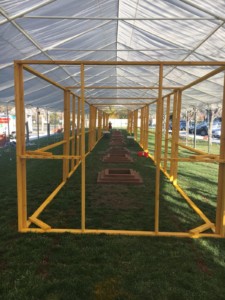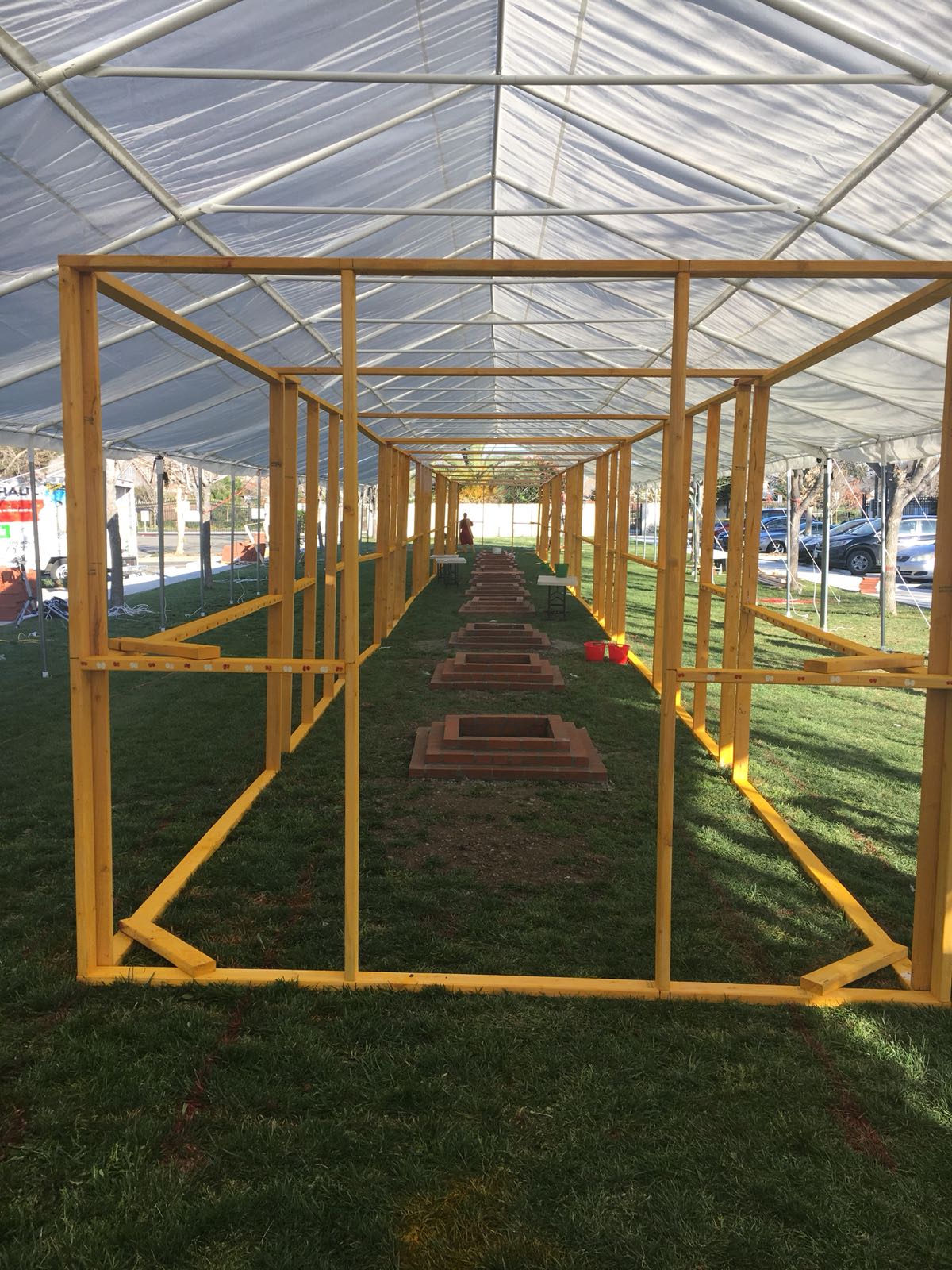 India Post News Service
India Post News Service
LIVERMORE, CA: The Atirudra Maha Yagnam and Sata Chandi Homam is being performed at the Shiva-Vishnu Temple in Livermore from March 1 through March 11. The Temple has invited the Hindu community in the Bay area and across the US to participate in it. This is the first time an event of this magnitude is performed by Livermore Temple.
Atirudram is a Mega 11 day event with participation by 121 priests and ritviks, many of them coming all the way from India.
What is the Ati Rudram? The four Vedas (Rig, Yajur, Sama and Atharva) are the roots of our religion and foundation for Sanatana Dharma. Rudram and Chamakam are contained in the Krishna Yajur Veda. Rudram is the most sacred means of worshipping Lord Siva. Eleven recitations of the Sri Rudram (Namakam) followed by one recitation of the Chamakam is called the Ekadasa Rudram. Eleven Ekadasa Rudram recitations make one Laghu Rudram. Eleven Laghu Rudram recitations make Maharudram and eleven Maharudram recitations constitute Ati Rudram! Therefore, 11×11 x 11 x 11 =14,641 Namakam and 1331 Chamakam recitations with the performance of 1331 Rudra Homams over 11 homa kundas by 121 Ritvik priests constitutes Ati Rudram (121 priests x 11 times per day over 11 days = 14641).Directions provided by our Sages on how to perform Atirudra Maha Yagnam with optimum combination of Japa, abhisheka and homa rituals will be adhered resulting in the most potent form of worship of Lord Shiva.
Legend has it that Lord Sri Rama, when in distress, turned to Sage Agastya for advice. Agastya recommended performance of Ati Rudram. Lord Sri Rama performed Ati Rudram in Rameshwaram before he crossed over to Lanka. Atirudram is destroyer of all sorrows and the provider of ‘Kshema”. Ati Rudra Maha Yagna is performed for establishment of everlasting universal peace.
Sata Chandi Maha Yagnam is the highest form of worship to Goddess Shakti. It involves chanting of Devi Mahatmyam and performance of Chandi homam. According to the Pontiff of the Sringeri Mutt, “Devi Mahatmyam is revered in Markhandeya Purana. It is also known as Durga Saptasati since it contains 700 slokas. It is more popularly known as Chandi because it describes the glory of the mother as Chandika. Scriptures hail Saptasati as among the finest of stotras and it has the ability to grant devotees wishes and attain moksha. Sata Chandi is performing Chandi Saptasati parayana 100 times and Chandi homam once daily over the course of the 11-day yagnam.”
When Sata Chandi Homam is performed in conjunction with Ati Rudra Maha yagna, so that both Lord Siva and Goddess Mother Shakti are propitiated together, the potency of the two yagnas is further amplified, making the event ever so complete, fulfills devotee needs and showers them with the divine couple’s blessings.
The Hindu Community and Cultural Center (HCCC) which operates the Shiva-Vishnu Temple, Livermore, CA since its incorporation in 1977 has made great strides in its mission to build and operate a Hindu Temple in the San Francisco Bay Area. With Bhoomi Puja in 1983, along with the blessings of Temple’s drawings by His Holiness Sri.Jayendra Saraswathi Mahaswamigal, and His Holiness Swami Chinmayanandaji, construction of the Shiva-Vishnu Temple in Livermore was completed. The Temple performed Kumbhabhishekam in 1986 and Mahakumbhabhishekams in 1998 and 2010. The Temple has been built to authentic specifications in the best of North and South Indian traditions and is one of the few Hindu Temples in Northern California that offers comprehensive services for traditional worship of Hindu Deities.
The Shiva-Vishnu Temple has evolved into a permanent feature of the Northern California landscape, promoting Hindu religion and culture and is a shining example of what a community can accomplish collectively in order to sustain its religious and cultural roots. During the past three decades, HCCC has not only advanced in religious operations but has made significant impact in the areas of Human services, Cultural, Youth Education and Local Outreach programs for the San Francisco Bay Area communities.







